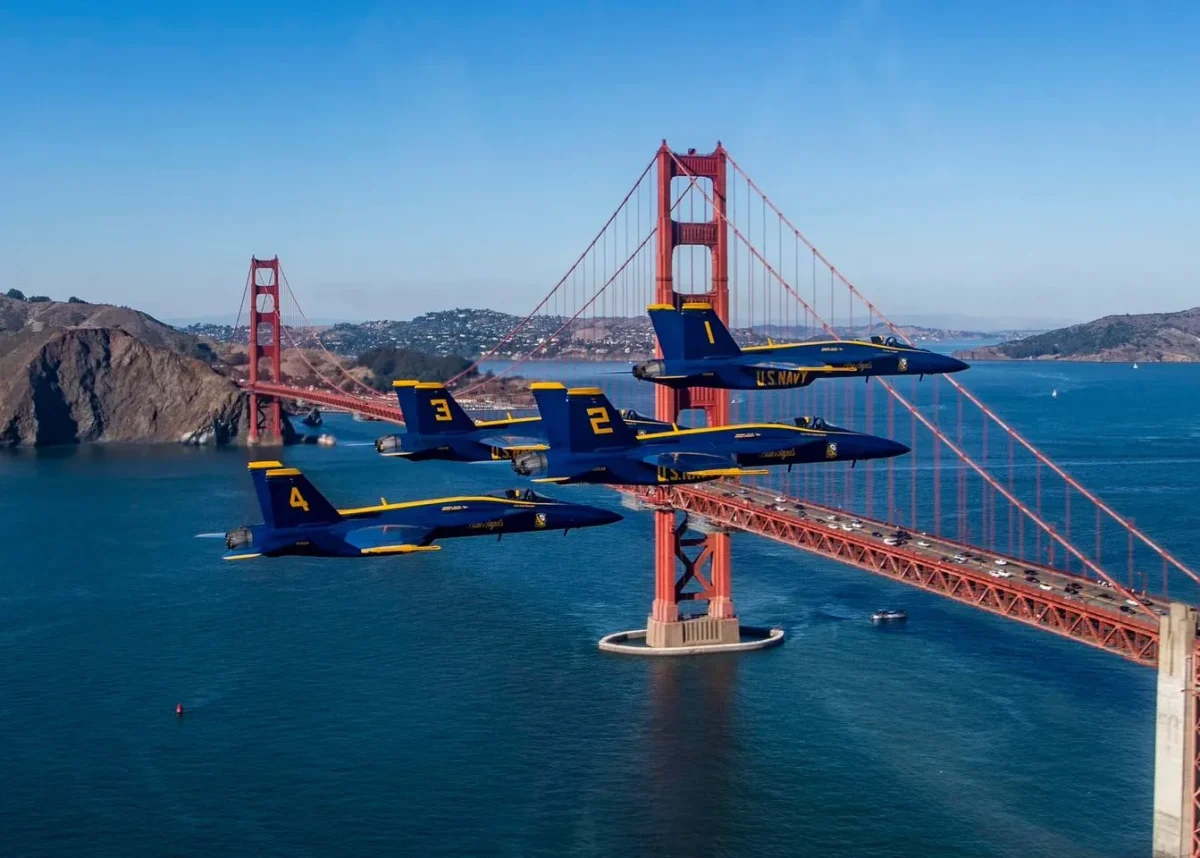Dubbed the “Hands Off” protests, over 1,200 demonstrations erupted in all 50 states, quickly becoming the largest number of protests in a single day since Donald Trump’s second term began. Protesters took to the streets, united against Trump’s policies and his controversial ally, Elon Musk.
The Hands Off protests emerged on April 5 as a powerful grassroots response to the contested policy changes introduced by the Trump administration. Musk, who is reportedly a special government employee, has played a significant role in government downsizing and economic restructuring. In an interview with the LA Times, the U.S. Department of Housing and Urban Development lawyer Paul Osadebe argued that “Billionaires and oligarchs don’t value anything other than profit and power, and they sure as hell don’t value you or your life or your community.” Through the Department of Government Efficiency (DOGE), Musk has overseen the elimination of diversity, equity, and inclusion (DEI) programs across more than 30 federal agencies, including the Federal Aviation Administration and the Department of Veterans Affairs. Organized by over 150 advocacy groups, including labor unions, civil rights organizations, and environmental activists, the protests aimed to push back against what many see as an assault on fundamental rights.
The protests addressed a number of pressing issues, demonstrating dissatisfaction with current policies. Protesters voiced their opposition to government downsizing and budget cuts that jeopardize longstanding services such as Social Security and healthcare. They emphasized that vulnerable populations, such as seniors and low-income families, would bear the brunt of these policies. Additionally, protestors resisted a 10-fold increase in tariff rates and that have destabilized markets and strained international relations. The movement also strongly advocated for immigrant rights, LGBTQ+ rights, and broader civil rights protections. According to National Public Radio, protester Kelley Laird reported that “There are so many issues…They’re coming after education, coming after health care, coming after the arts, coming after the press.” The protests represent discontent with what is viewed as authoritarian tendencies and the undue influence of billionaires in shaping the nation’s political and economic landscape.
As the Hands Off protests continue to resonate, they offer a forward-looking vision of what is possible when people come together to advocate for justice, equity, and accountability. The movement is not just a call for change; it is a demand for a government that prioritizes the needs of its people over the interests of the few.














